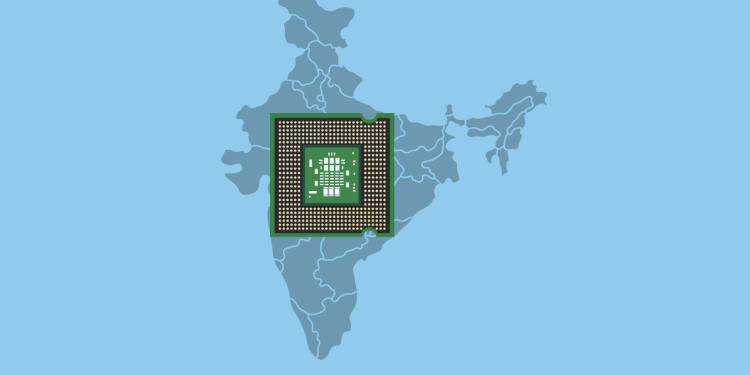🏁 Introduction
In the race to dominate the semiconductor industry—a vital pillar for electronics, AI, and future tech—India is making bold moves. With global supply chains diversifying away from China and Taiwan, and geopolitical tensions accelerating the “chip war,” India has a once-in-a-generation opportunity to become a semiconductor manufacturing and design powerhouse.
But can India truly rise to become the global semiconductor hub?
🛠️ India’s Semiconductor Push: A Quick Overview
✅ Key Milestones So Far:
- ₹76,000 crore incentive scheme announced in 2021
- Establishment of India Semiconductor Mission (ISM)
- In 2024–25, India approved major fabrication (fab) units in Gujarat and Tamil Nadu
- Micron’s plant in Gujarat started construction in early 2024
- Tata Group partnered with Taiwan’s PSMC to build India’s first advanced chip fab
🌍 Why the World Needs Alternatives
- China-Taiwan conflict risk: Global chip supplies are vulnerable
- COVID-19 aftermath: Showed the dangers of overdependence on a few countries
- US & EU policies: Offering billions in subsidies to shift production closer to allies
- India’s advantage: Large talent pool, democratic stability, and growing demand
📈 India’s Strengths in the Semiconductor Ecosystem
1. Talent Pool
- India produces 2 million STEM graduates per year
- Global giants like Intel, Qualcomm, and AMD already have R&D hubs in India
2. Design Over Manufacturing (So Far)
- India already contributes to 30% of global chip design via services and IP firms
- Big players: Wipro, Tata Elxsi, Infosys, HCL Tech
3. Government Incentives
- Up to 50% capital subsidy for chip plants
- Relaxed norms for land acquisition and power
- PLI schemes for electronics, compound semiconductors, and display fabs
🔍 Key Challenges
| Challenge | Impact |
|---|---|
| 💵 High capital cost | Chip fabs need $5–10 billion in investment |
| ⚡ Power & water supply | Stable infrastructure is critical |
| 🧪 Raw material dependency | Currently imported from Taiwan, Japan, US |
| 🏗️ Ecosystem gaps | Lack of suppliers for chemicals, tools, packaging |
| 👨🏫 Skilled labor | Need for fab-specific engineering and technician training |
Despite these, India is fast-tracking skilling programs, and private companies are investing in fab parks and universities.
🌐 Global Interest in India
- US & Japan: Signed tech transfer and R&D collaboration deals with India
- Taiwanese firms: Exploring India as an alternative base for assembly and packaging
- European investors: Looking at India for outsourcing low to mid-end chip fabrication
🧠 Expert Insight
“India may not rival Taiwan or South Korea overnight, but if it builds a complete ecosystem—from design to testing—it can be a reliable ‘second source’ for the world’s chip needs.”
— Dr. V. Kumar, Semiconductor Analyst, NASSCOM
🔮 What Lies Ahead?
- 2025–2026: Expected commissioning of first full-scale fabs
- 2030 Vision:
- 10% global market share in chip design
- Export-ready chip manufacturing units
- Semiconductor training centers in every major IIT/NIT
If executed well, India could add over $100 billion to its economy from semiconductors by 2030.
































































